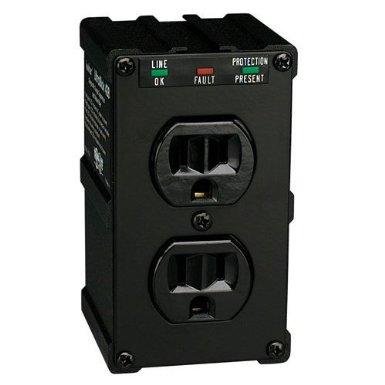After getting some great feedback yesterday on a related issue it has occurred to me that I may have noise or spikes on the power coming from the wall outlet in my train room (also my office). Since I started the hobby at the beginning of the year I have had an MTH Z500 throttle controller fail and two separate engine failures where an MTH starter set steamer and MTH RS3 went into "rocket ship" mode which I understand is a possible flywheel tach reader fail. That's a lot of fails for a 4 x 6 ish layout. Last night I "borrowed" a computer surge protector + filter from work and put it in line with the train table power. Right away I noticed that the constant jiggling I was used to seeing on the analog volt meter I use had stopped and the needle was dead still at all power settings. My conclusion is that a surge protector + power filter is a must.
My question is will a simple product like this guy (Tripp Lite ULTRABLOK below found on Amazon) do the job? Seems like a no brainer but as I have learned in the past it's smarter to ask here first! Thanks.








